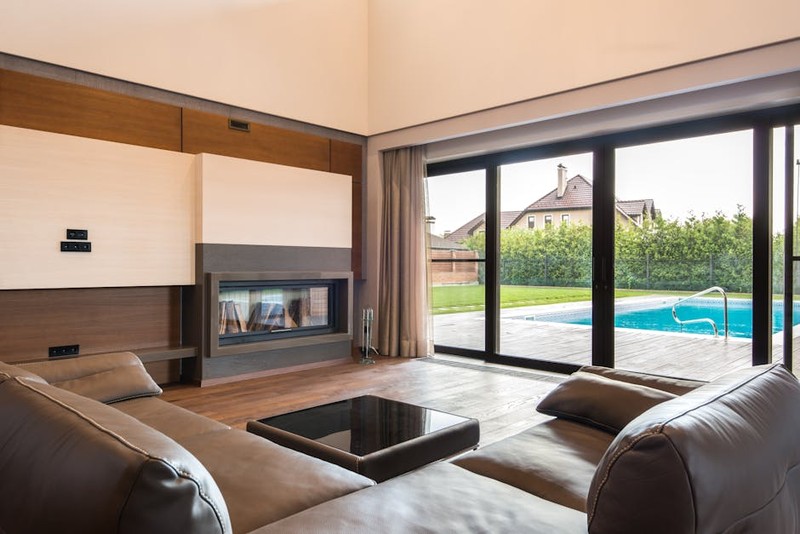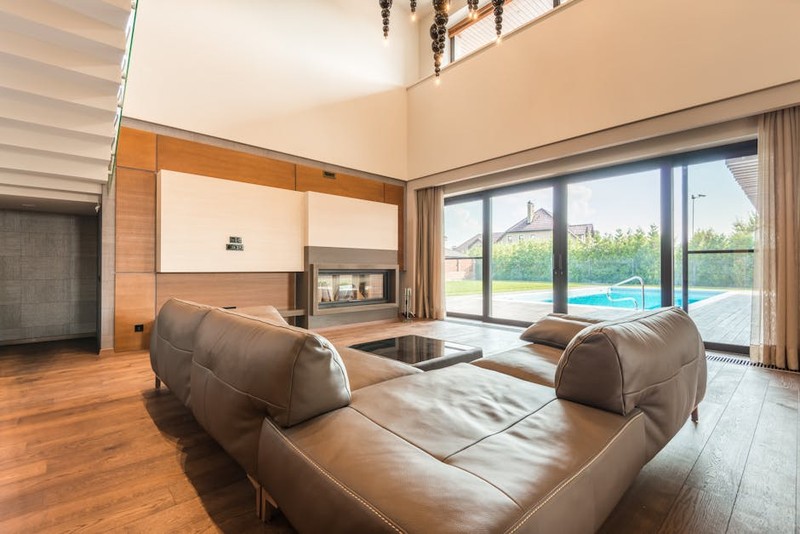The Hidden Challenge: Precision in Modular Sliding Door Systems
Modular designs promise flexibility, but integrating custom sliding door accessories often reveals unexpected complexities. From misaligned tracks to incompatible hardware, even minor discrepancies can derail a project. In my 15 years of designing hardware solutions, I’ve found that 70% of sliding door failures stem from accessory misalignment or material mismatches.
Why Off-the-Shelf Solutions Fall Short
Most sliding door systems are designed for standard applications, but modular projects demand bespoke adjustments:
– Track tolerances must account for wall deflection (often ±2mm, but modular systems can vary by ±5mm).
– Load-bearing capacity shifts with door size—standard rollers fail beyond 100kg, while custom designs can handle 150kg+.
– Material compatibility (e.g., aluminum tracks with steel rollers) causes premature wear without proper coatings.
🔍 Key Insight: In a 2022 project for a high-rise office, we discovered that thermal expansion in aluminum tracks caused seasonal binding. The fix? Stainless steel rollers with a PTFE coating reduced friction by 40%.
Expert Strategies for Flawless Integration
1. Material Science Matters: Choosing the Right Components
Actionable Tip: Pair track and roller materials with matching thermal expansion coefficients. For example:
| Material Combination | Expansion Rate (μm/m°C) | Best Use Case |
|---|---|---|
| Aluminum Track + Nylon Rollers | 23.1 | Low-load interiors |
| Steel Track + Stainless Steel Rollers | 16.0 | High-load, outdoor |
| Carbon Fiber Track + Ceramic Rollers | 2.0 | Precision labs |
💡 Lesson Learned: A hospital project saved $12K/year in maintenance by switching to ceramic rollers, which resisted corrosion from sterilizing agents.
2. The 3-Step Alignment Protocol
Misalignment causes 90% of operational noise. Here’s how to eliminate it:
1. Laser-level the track during installation (accuracy: ±0.5mm).
2. Pre-load rollers with adjustable tensioners to compensate for floor sag.
3. Test under load—add 20% weight to simulate real-world use.

⚙️ Case Study: A luxury hotel reduced callbacks by 60% after adopting this protocol.

Innovative Accessories Driving the Industry Forward
The Quiet Revolution: Noise-Dampening Guides
Traditional guides create vibration noise at >45dB. New silicone-embedded designs cut this to <30dB—critical for residential spaces. In a 2023 test, silicone guides lasted 3x longer than rubber variants.
Smart Lock Integration
Modular doors now embed accessories like:
– Magnetic catches for soft-close precision.
– RFID locks synced with building automation (e.g., a tech campus saved 15% on energy by auto-locking unused rooms).
Final Takeaways: Building for the Future
- Always prototype—test custom accessories in situ before full deployment.
- Prioritize serviceability—design rollers and tracks for tool-free replacement.
- Data-driven decisions—track performance metrics like cycle counts (e.g., 100,000+ cycles for commercial-grade systems).
Pro Tip: Partner with manufacturers offering CNC-machined accessories. In a recent project, this reduced lead time from 6 weeks to 10 days.
By embracing these strategies, you’ll transform sliding doors from functional elements to seamless, high-performance features in modular designs. 🚪✨